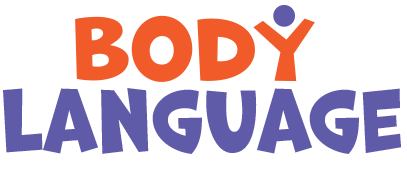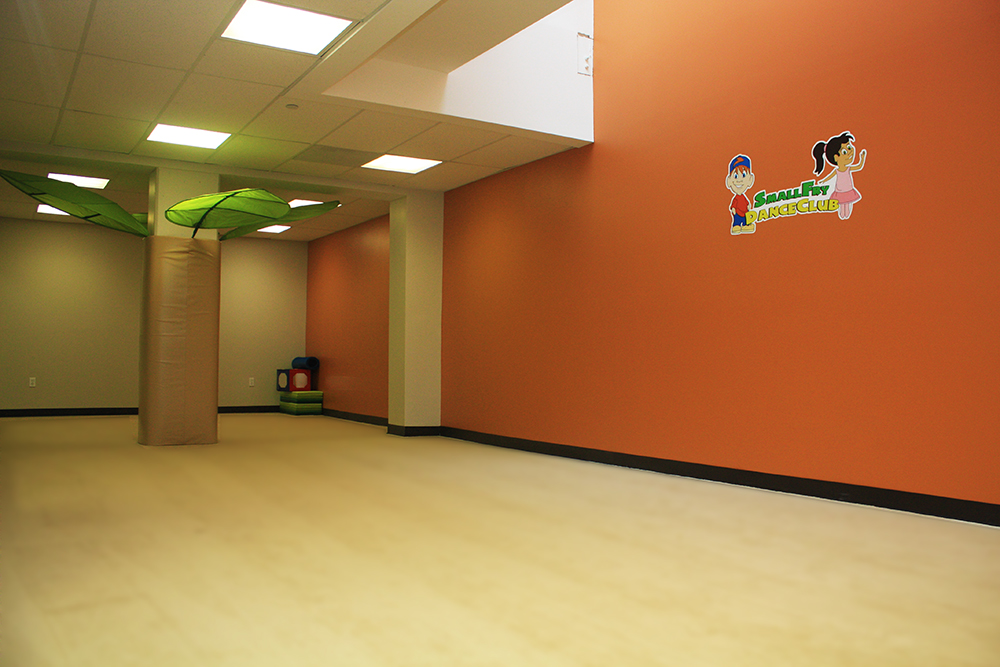Preschool Age Dance Curriculum
BodyLanguage©
BodyLanguage is the name of the curriculum we use to guide our weekly lessons for our Music & Movement classes.

Description
BodyLanguage© themes are part of the curriculum we use for our Music & Movement classes. These classes are designed for our 18-24-month-old groups. These classes are parent & me classes that do require one adult to join the dancer in the classroom.
BodyLanguage© was designed by Jana Chapeton with the intention of keeping developmental and growth goals at the forefront of each class.
The name BodyLanguage was strategically set with the understanding that verbal communication at this age may be limited. Communicating with more than just our voice is necessary to have a successful toddler program.
The goals of this program are to introduce motor skills, coordination, listening skills, various types of music, socialization, and basic classroom structure with an age-appropriate approach. The class can support kids up to age three if needed, as kids all develop at different rates. Once a child has mastered being a dancer in a Music & Movement class, they should be considered a candidate to move up to the Dance & Performance levels.
These groups do not learn set choreography and do not perform on stage.
6 Month Curriculum
Our Music & Movement classes are designed to repeat curriculum every 6 months. This gives an 18 month old the chance to experience all the themes we offer. At our studio these classes run year round, so some kids will repeat some of the themes should they continue longer than 6 months at this level.
BodyLanguage provides overarching themes to drive our lesson plans. We rotate through those themes every month. The six themes are listed below.
Speed (January / July)
- Dancers should be able to perform a variety of movements, both locomotor and non-locomotor, at fast speeds and slower speeds.
Balance (February / August)
- Dancers should be able to find their balance on different surfaces, different body parts, and balance objects on various body parts. Dancers should be able to recover their balance after being off-balance, such as after falling or spinning.
Place (March / September)
- Dancers should be able to move in place (on a spot) as well as travel through the space. They should also be able to identify safe spaces for dancing (open area) and identify spaces that are not safe for dancing.
Shape (April / October)
- Dancers should be able to make big and small shapes with their bodies as well as straight and rounded shapes. They can hold their shape still, and more advanced dancers may be able to move their shapes through space.
Level / Size (May / November)
- Dancers should be able to move on a high level and a low level. They should also be able to make movements very big or very small. Dancers should try both locomotor and non-locomotor movements, i.e. big shakes, small wiggles, high jumps, low crawling.
Direction (June / December)
- Dancers should be able to perform a variety of locomotor movements moving forwards and backwards. Sideways can be introduced, but because of their age, it is not expected that they master it.
Ready to get started?
We’ve taken the system above and broken it down into weekly lesson plans you can use at your studio. Follow along with us every week as we release that week’s plan or purchase a single season’s worth of lesson plans, playlists, and more…
Premium Membership
- Access to new weekly lesson plans, themes, playlists, and choreography updates.
- Access to the entire archive of past lesson plans, playlists, and choreography.
- Join our monthly live meetings for tips and coaching on how to run your preschool classes.
- Access to our playlists.
- Access to our song lists so you can make your own playlists.
- Performance patch designs to hand out at recital.
Purchase Single Season
- Get a full season of choreography, lessons, and playlists.
- Performance patch designs to hand out at recital.
If you have questions about any of our curriculum or need someone to bounce ideas off of, let us know.
director - Jana chapeton
chapetonj@smallfrydanceclub.com 650-393-5593

